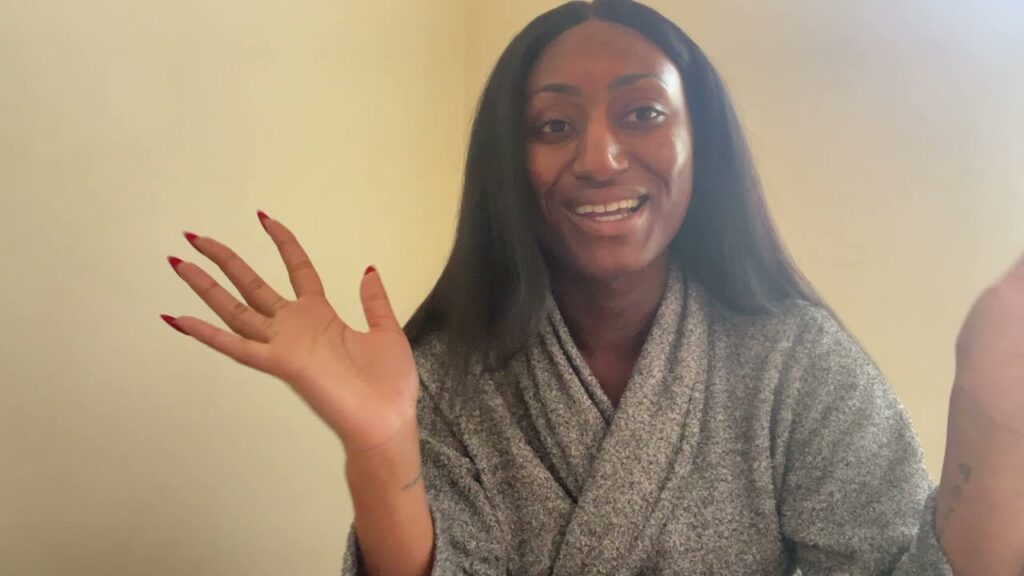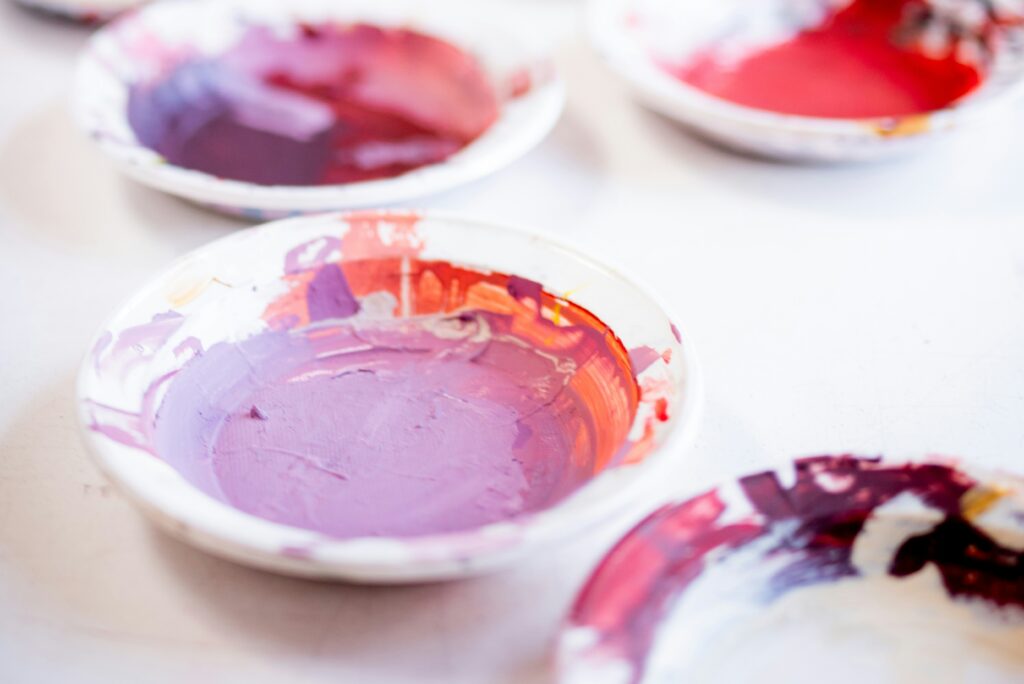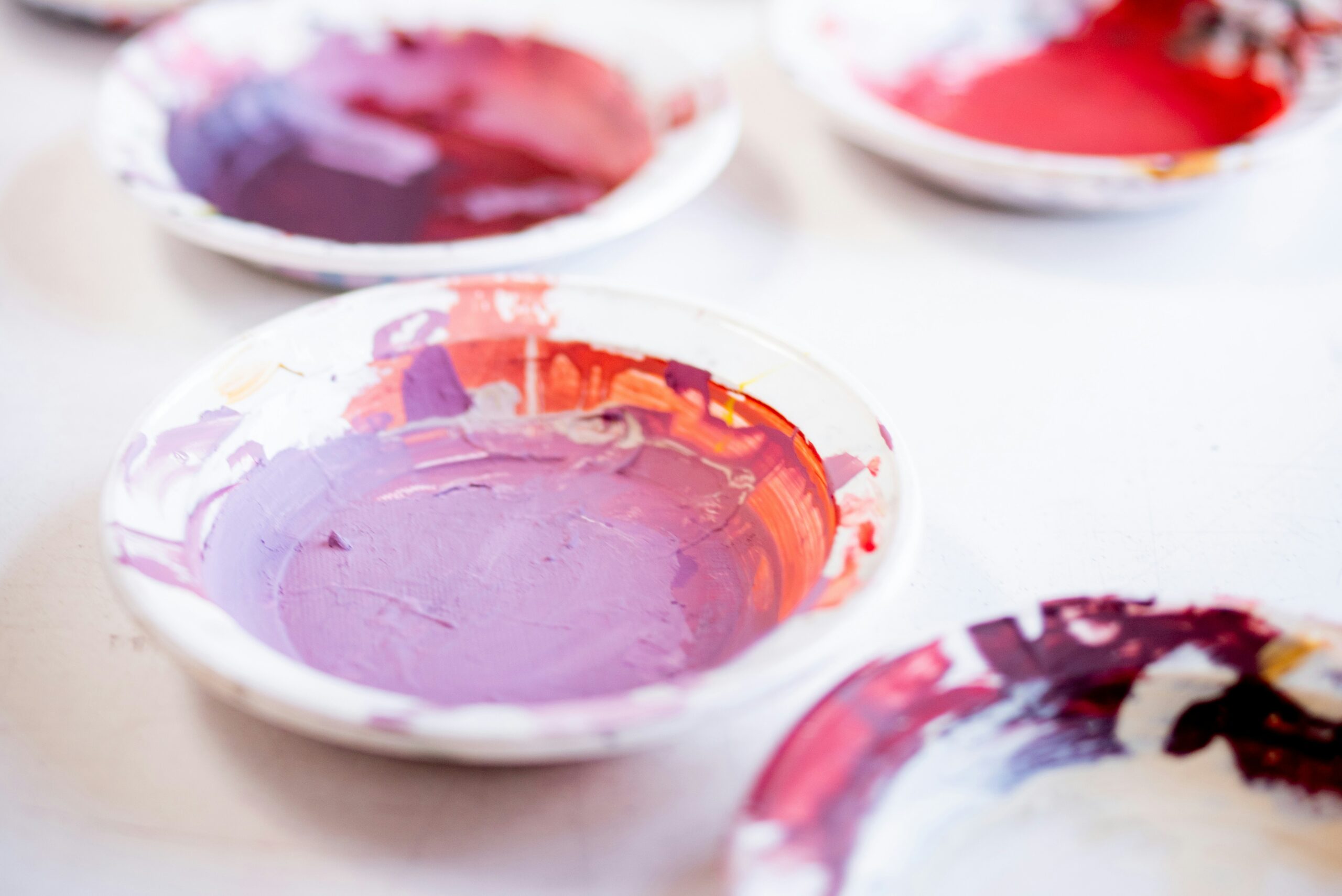Are You Compartmentalizing Your Creativity?
Hey there, it’s Asha! I wanted to share something quick that might be helpful to somebody out there. Lately, I’ve been contemplating art and creativity, and how they can truly enhance our lives in various ways. Here’s an interesting thought: if you’re creative in one aspect, that creativity can extend to different areas too! Let me give you an example. I’ve been doing makeup for years, but it never occurred to me that the precision required for perfect brows or eyeliner could also be applied to line work and other forms of art. Now that I’m exploring the world of nails and learning how to work with brushes, I can also transfer those skills there. It’s like a beautiful ripple effect, you know? The possibilities are endless! So, my friend, are you tapping into all the gifts and talents you may unknowingly keep separate? Trust me, they’ve always been there. Just something to think about. Love y’all!
The Impact of Compartmentalizing Creativity
The concept of compartmentalization
Compartmentalization refers to our tendency to separate different areas of our lives and keep them isolated from one another. This can be seen in various aspects, such as work-life balance, personal relationships, and even in our approach to creativity. When it comes to creativity, compartmentalization often involves limiting ourselves to a specific medium or field, failing to recognize the transferability of skills and the potential for growth.
How it applies to creativity
Compartmentalizing creativity can manifest in different ways. For instance, we may believe that our creative abilities only apply to a particular area, such as painting or writing, and we fail to see how these skills can be applied in other artistic mediums. We may also restrict ourselves to a specific style or technique, fearing that exploring new approaches might compromise our existing talent or reputation. Ultimately, compartmentalization hinders our ability to fully utilize our creative potential and limits the opportunities for personal growth.
The limitations it imposes
Compartmentalizing creativity imposes several limitations on our artistic expression. By confining ourselves to a single medium or style, we restrict the range of possibilities and experiences that could enhance our creativity. This limitation also impacts our problem-solving abilities, adaptability, and versatility. Additionally, it may create a sense of stagnation and hinder our ability to innovate and think outside the box. Over time, these limitations can prevent us from fully exploring our creativity and limit our artistic growth.
The potential for growth
Recognizing and overcoming compartmentalization is crucial for unlocking our full creative potential. By embracing a multidisciplinary approach and breaking down self-imposed barriers, we open ourselves up to new experiences and opportunities for growth. Expanding our creative horizons and embracing a growth mindset allows us to unleash our unique talents and embrace our full artistic potential.
Recognizing and Overcoming Compartmentalization
Identifying your creative outlets
To overcome compartmentalization and fully embrace our creativity, it is essential to identify the various creative outlets we have. Take some time to reflect on all the different creative activities you have engaged in throughout your life. This could include painting, writing, singing, dancing, or even cooking. By recognizing the breadth of your creative abilities, you can begin to see the connections and overlap between different artistic mediums.
Reflecting on past experiences
Another helpful step in overcoming compartmentalization is reflecting on past experiences and the skills you have developed. Consider how the skills you have acquired in one creative pursuit can be transferred to others. For example, the precision and attention to detail required in makeup application can also be applied to fine art and line work. By reflecting on your past experiences and the skills you have gained, you can start to break down the barriers between different creative fields.

Understanding the transferability of skills
One of the key insights in overcoming compartmentalization is understanding the transferability of skills. Many of the skills we develop in one creative activity can be applied to others. For instance, if you have a strong sense of composition in photography, this skill can also be applied to painting or graphic design. By recognizing the transferability of skills, we can break free from the constraints of compartmentalization and explore new creative possibilities.
Breaking down self-imposed barriers
Another important step in overcoming compartmentalization is breaking down the self-imposed barriers that limit our creativity. These barriers often stem from fear of failure, judgment, or our own self-doubt. By challenging these limiting beliefs and stepping outside of our comfort zones, we can expand our creative horizons and discover new realms of artistic expression. Embrace the unknown, take risks, and be open to exploring new paths. By breaking down these barriers, we open ourselves up to new growth opportunities and creative freedom.
Expanding Your Creative Horizons
Exploring new artistic mediums
One of the best ways to overcome compartmentalization is to explore new artistic mediums. If you have primarily focused on painting, try your hand at sculpture or photography. Engaging with new mediums exposes us to different techniques, materials, and challenges, expanding our creative palette and helping us develop new perspectives. Embrace the opportunity to learn and grow by venturing into unfamiliar artistic territories.
Experimenting with different techniques
In addition to exploring new mediums, experimenting with different techniques can also help overcome compartmentalization. If you are comfortable with one particular technique, challenge yourself to try new approaches. For example, if you typically paint with brushes, experiment with palette knives or other unconventional tools. By pushing the boundaries of your comfort zone and trying new techniques, you can discover fresh ways of expressing your creativity and break free from repetitive patterns.
Collaborating with other creatives
Collaboration with other creatives is a powerful way to expand your creative horizons. Working with individuals from different artistic backgrounds can introduce you to new ideas, perspectives, and techniques. Collaboration fosters a sense of community and provides opportunities for cross-pollination of ideas. Join local art groups, participate in workshops, or start artistic projects with like-minded individuals. By embracing collaboration, you open yourself up to new learning experiences and creative growth.
Embracing a multidisciplinary approach
A multidisciplinary approach involves integrating different creative disciplines to enhance your artistic expression. Instead of confining yourself to a single medium, find ways to incorporate various artistic practices into your work. For example, if you enjoy painting, consider incorporating elements of photography or digital art into your compositions. By embracing a multidisciplinary approach, you expand your creative toolbox and find new ways to communicate your ideas and emotions.
Unleashing Your Full Creative Potential

Embracing creativity as a holistic process
To unleash your full creative potential, it is essential to view creativity as a holistic process that permeates all aspects of your life. Recognize that creativity is not confined to specific creative activities but extends to problem-solving, critical thinking, and even everyday tasks. Embrace the idea that creativity is a mindset and approach to life, allowing you to tap into your full potential in all areas.
Breaking free from self-limiting beliefs
Self-limiting beliefs can greatly hinder our creative growth. It is crucial to identify and challenge these beliefs to unlock our full creative potential. Replace thoughts like “I’m not talented enough” or “I’m not creative” with empowering affirmations that remind you of your unique gifts and potential. By reframing self-limiting beliefs, you cultivate a positive mindset that fosters creativity and fuels personal growth.
Developing a growth mindset
A growth mindset is the belief that abilities and talents can be developed through dedication and effort. Embrace the idea that creativity, like any skill, can be cultivated and improved over time. Emphasize learning and growth rather than solely focusing on the end result. By adopting a growth mindset, you open yourself up to new opportunities for learning, experimentation, and continuous improvement.
Taking risks and embracing challenges
Taking risks and embracing challenges are essential for unlocking your creativity. Realize that failure and setbacks are part of the creative process. Embrace the unknown, step outside of your comfort zone, and welcome the challenges that come with exploring new artistic territories. By taking risks and embracing challenges, you push past your limitations and discover new levels of creativity and self-expression.
The Benefits of Embracing Multidisciplinary Creativity
Enhanced problem-solving abilities
Embracing a multidisciplinary approach to creativity enhances your problem-solving abilities. By drawing from different artistic disciplines, you develop a broader perspective and a diverse set of skills. This enables you to approach challenges from various angles and find innovative solutions. The ability to think creatively in different domains strengthens your problem-solving skills in all areas of life.
Increased adaptability and versatility
When you embrace multidisciplinary creativity, you become more adaptable and versatile as an artist. Working in different mediums and techniques allows you to navigate various artistic contexts with ease. This adaptability extends beyond the artistic realm and can be applied to different situations and challenges you encounter in life. Embracing multidisciplinary creativity equips you with the flexibility to adapt and thrive in a rapidly changing world.
Conclusion
Embracing your full creative potential requires recognizing and overcoming the limitations of compartmentalization. By identifying your creative outlets, reflecting on past experiences, and breaking down self-imposed barriers, you can unleash your unique gifts and talents. Expanding your creative horizons, embracing multidisciplinary creativity, and continuously learning will help you overcome resistance, break the mold, and defy expectations. By embracing a growth mindset, you persist through setbacks and challenges, forging a path of continuous growth and exploration. In doing so, you unleash your authentic self, create art that reflects your true voice, and embark on a lifelong journey of creativity and self-discovery. So, are you ready to unlock your full creative potential? The choice is yours. Embrace it, break free from compartmentalization, and let your unique artistic expression flourish.

